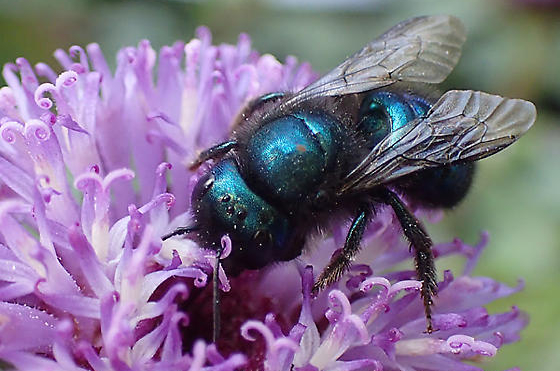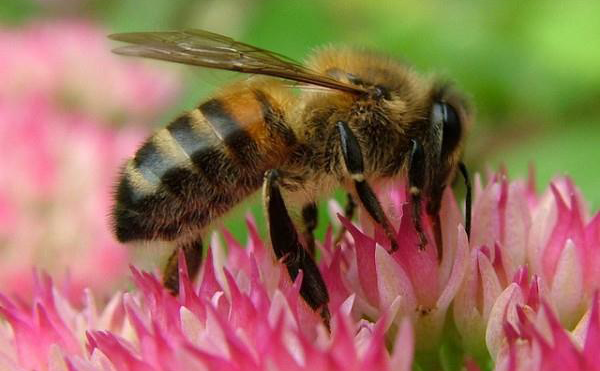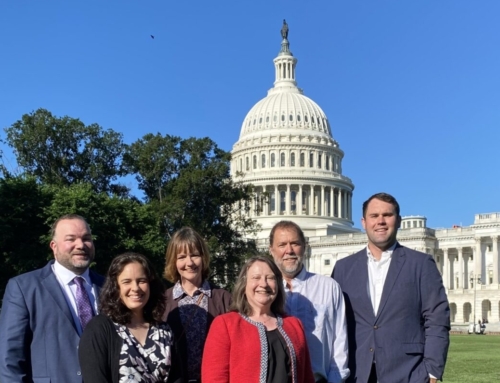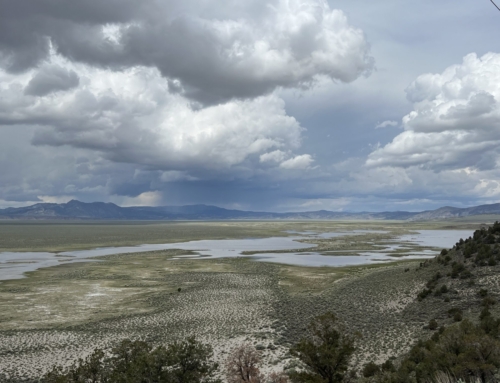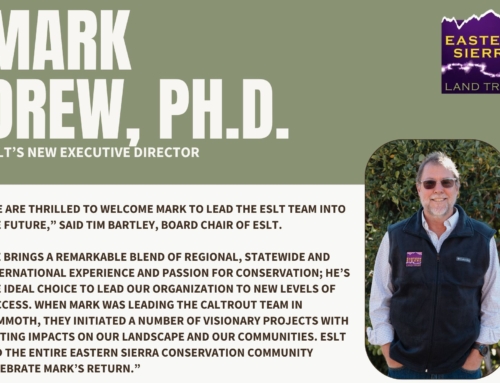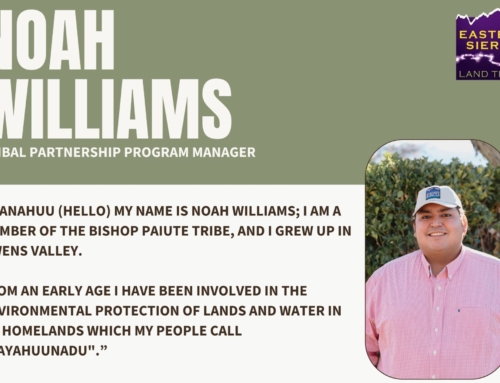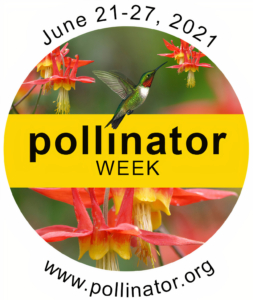
While honeybees are vital to pollinating commercial crops, so are the native mason and blue orchard bees. As they are native, they are more efficient pollinators of native plant species.
So how do we support them? You guessed it. Planting for them!
Some facts about the Mason and Blue Orchard Bees:
- Like most native bee species, these are solitary bees, meaning that they do not require a hive or need a queen. This is a plus for these little bee individuals as it benefits them to not be kept by farmers and exposed to as many pesticides as honeybees are when kept.
- These bees carry pollen in their belly instead of on their legs.
- They nest in deep holes or canals and use clay or clay-like mud to enclose their nest from the outside world like a front door.
- Blue Orchard Bees have a shiny teal or blue color on their body making them look like a flying gem!
- While they aren’t colony or hive bees, they don’t mind nesting near other mason bees.
- The females gather pollen and nectar and with their saliva, make a ball of this food. The food is then left in the nesting hole and placed next to the egg and the hole is then sealed with clay. In other words, the female basically meal-preps for her future larvae.
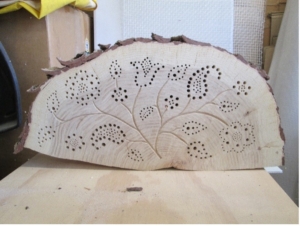
Another way to support these innovative native bees is to make sure you have a space for them to nest. Below are a couple of different ways and resources for building your own mason bee house including two Eastside Certified Pollinator Gardeners sharing their experience in making these houses out of wood rounds.
So get creative – build your own, give it some personal touches, place it in a safe place near your garden, and tell the bees, welcome home!
More sources:
Activities:
- Alison Collin’s Wood Round Mason Bee House (Download DIY Bee House here.)


